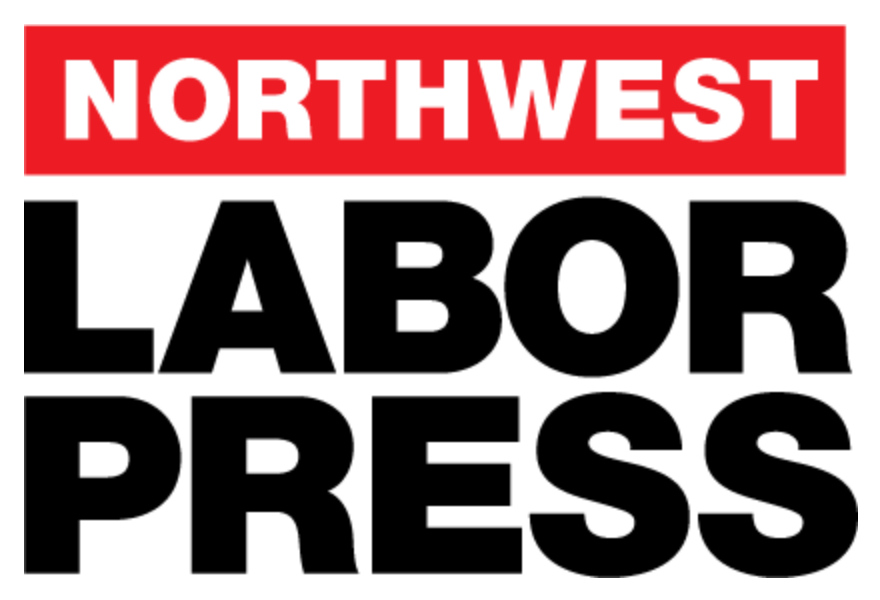Four years of work by Oregon building trades union leaders appear to have been washed away April 10 by four people in black robes.
In a split 4-3 decision, the Oregon Supreme Court ruled in favor of Associated General Contractors (AGC) in its lawsuit against the Oregon Department of Transportation (ODOT) over its having signed a project labor agreement to cover eight federally funded state highway projects. ODOT’s authority to sign project labor agreements was explicitly allowed for in a law the state legislature passed in 2021, but AGC’s lawyers argued that ODOT didn’t follow the right process when the state agency locked the private business group out of its negotiations with labor organizations.
Senate Bill 420, passed in 2021, makes it clear that state and local government agencies are allowed to designate some public construction projects as “community benefit projects” so that they can set additional requirements on contractors, like that they train apprentices and provide employer-paid family health insurance.
ODOT included those requirements in the agreement it signed in October 2022 with the Oregon Building Trades Council. The two sides referred to the deal as a community workforce agreement. But AGC — which was joined in the lawsuit by Hamilton Construction, HP Civil Inc. and K&E Excavating — argued that the community workforce agreement was a “rule” and therefore ODOT was supposed to have followed the elaborate public process laid out by Oregon’s Administrative Procedures Act. That process includes notice to the public that an agency is considering a rule and opportunities for the public to comment.
Four justices agreed with AGC: Stephen Bushong, Roger DeHoog, Rebecca Duncan, and Christopher Garrett. Their ruling, authored by Bushong, declared the project labor agreement to be an “invalidly promulgated rule.”
But Oregon Supreme Court Justice Aruna Masih — in a dissenting argument signed by fellow justices Meagan Flynn and Bronson James — pointed out that public contracting has historically been considered exempt from the rule-making public process required by the Administrative Procedures Act. And Masih seemed almost to ridicule the notion that there was too little process, listing out all the steps ODOT took, including that it:
- created a community workforce agreement advisory committee made up of first 20 and then 65 stakeholders, including AGC’s executive director and two other AGC members;
- held 11 meetings and engaged in polling and communication with the advisory committee to gather data on what should be in the community workforce agreement;
- negotiated the agreement with the labor organizations;
- created a rules advisory committee which included representation by AGC;
- presented the community workforce agreement to both the community workforce agreement advisory committee and the rules advisory committee;
- held two meetings of the rules advisory committee to discuss the proposed administrative rule and one public hearing after notice of the proposed rule;
- presented the agreement and other bid specifications to the Federal Highway Administration;
- adopted the final rule.
Evidently that wasn’t enough to satisfy the court’s majority.
“It’s a victory for process,” the head of AGC told the Daily Journal of Commerce after the court decision.
“We’re disappointed,” said Oregon Building Trades Executive Secretary Robert Camarillo. “We’re frustrated with the results because we engaged in a public and transparent process for months, years. It’s not like we negotiated this in private and nobody knew until it was rolled out.”
“Union members need to know these contractor associations that claim to be our friends are not our friends,” Camarillo said. “These actions are the type of thing that deprive them of working hours which doesn’t help with the (current) unemployment spike.”
If there’s a silver lining to the ruling, it’s that the court didn’t rule that the agreement was invalid on its own terms, just that it was invalid because the proper process wasn’t followed. That gives ODOT and the trades a road map if they want to try again.



